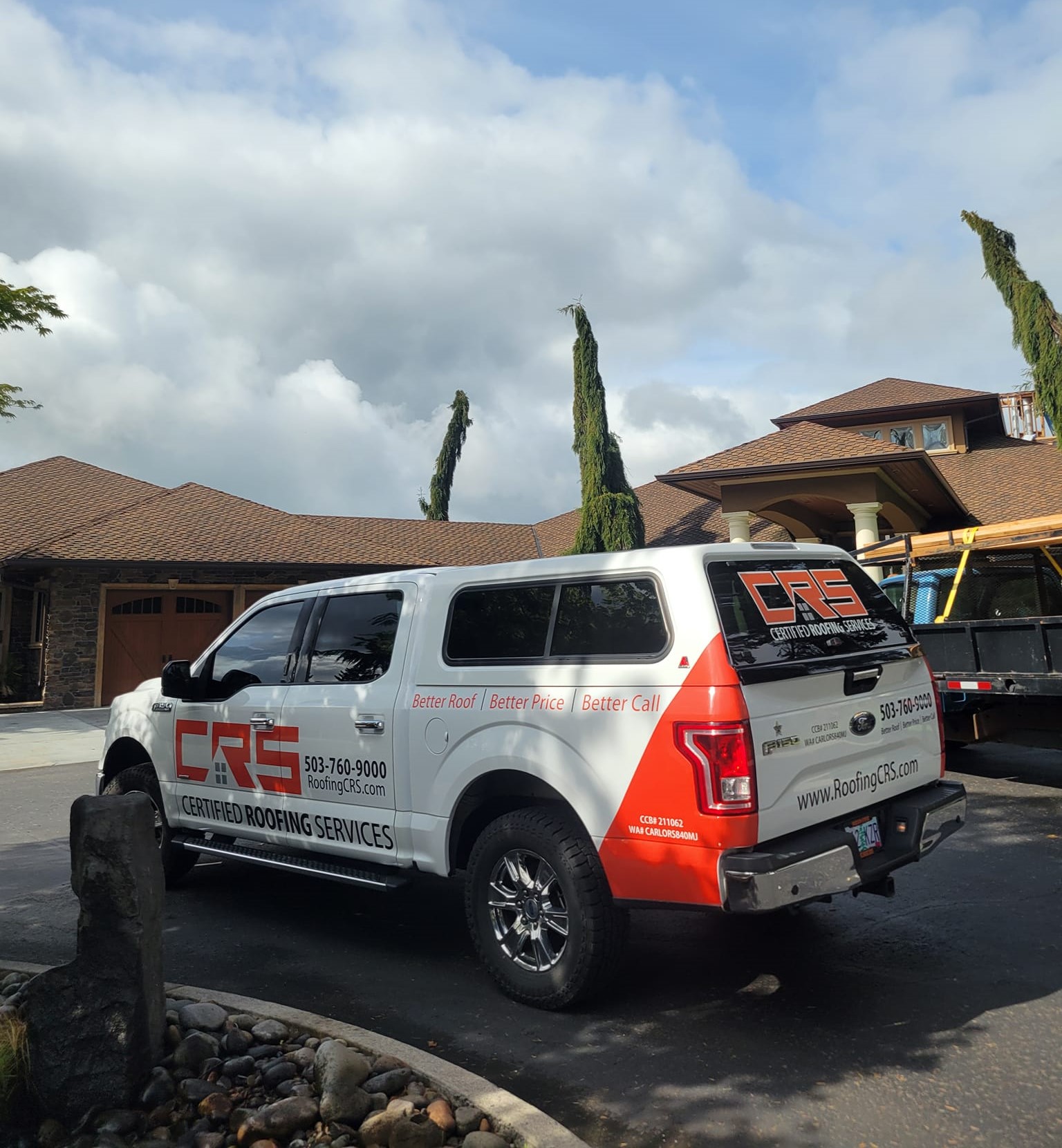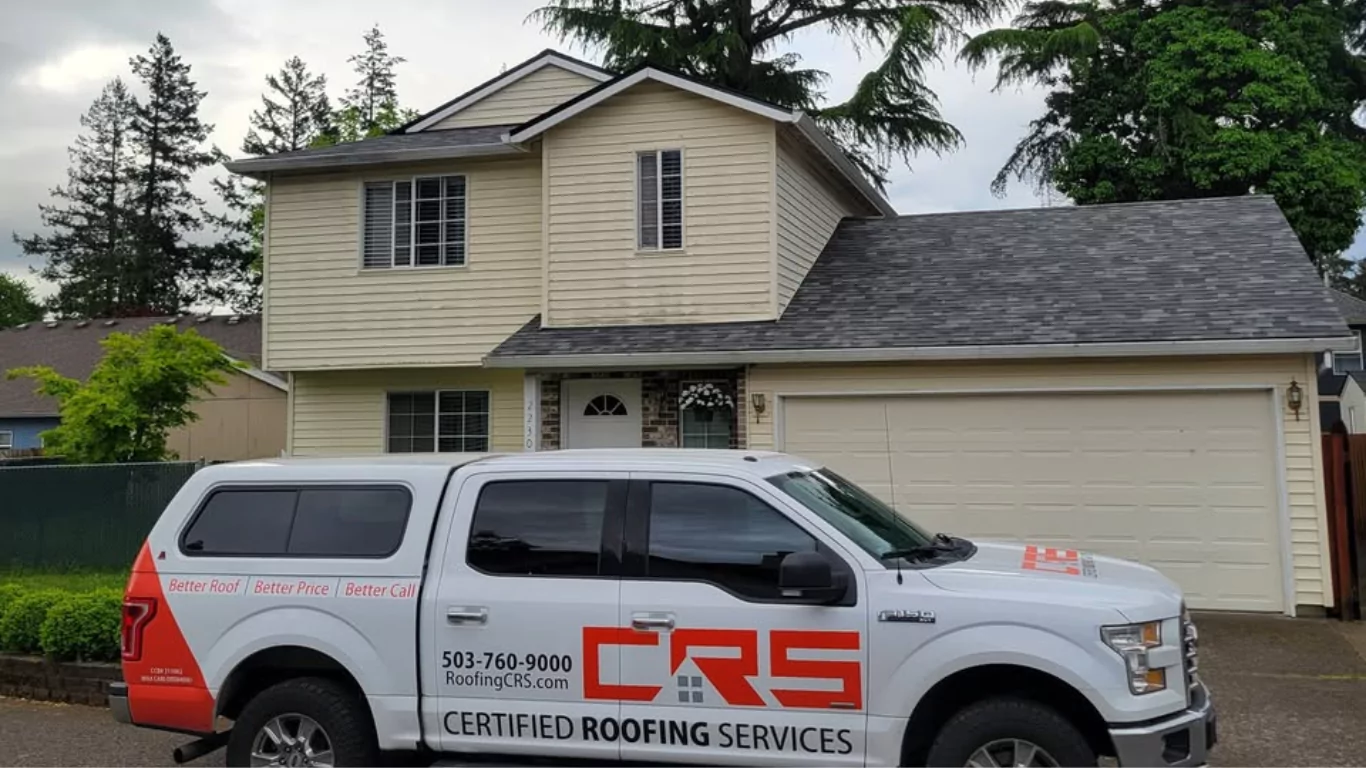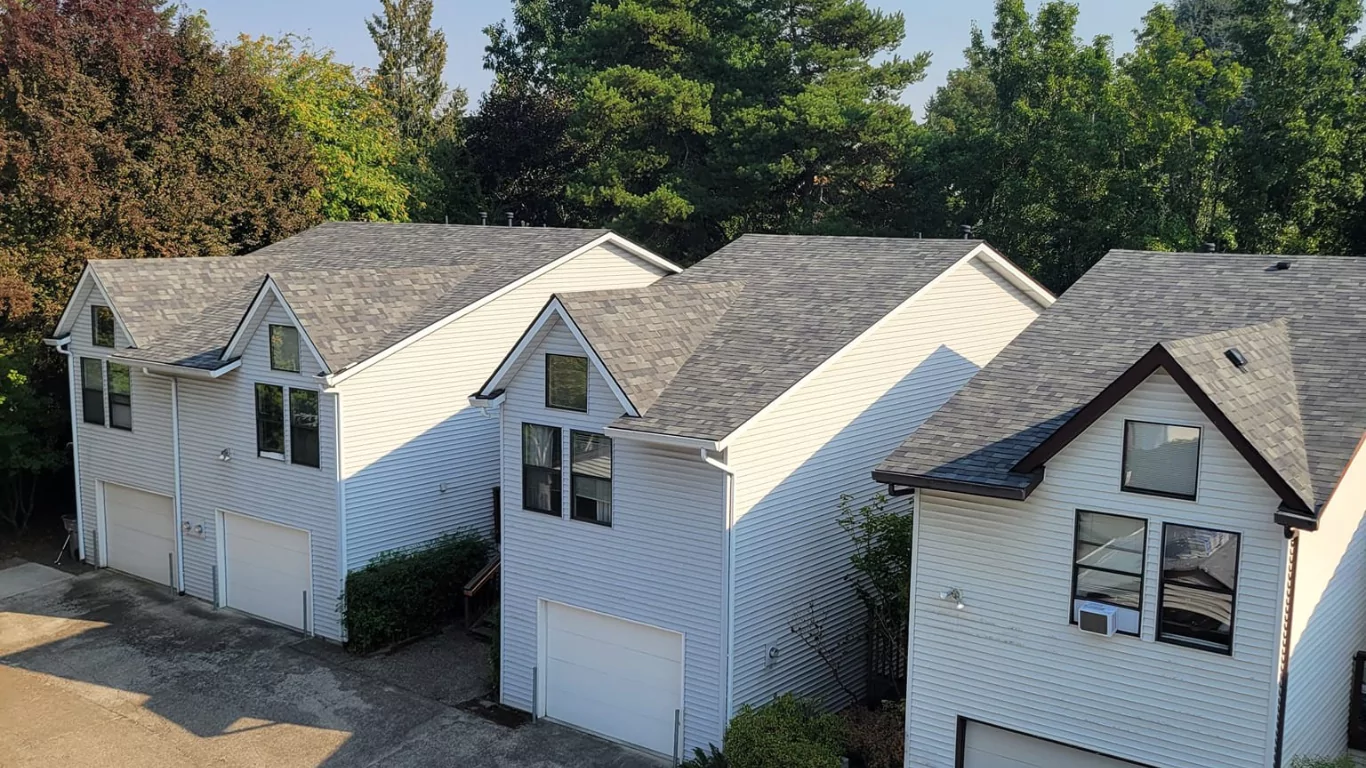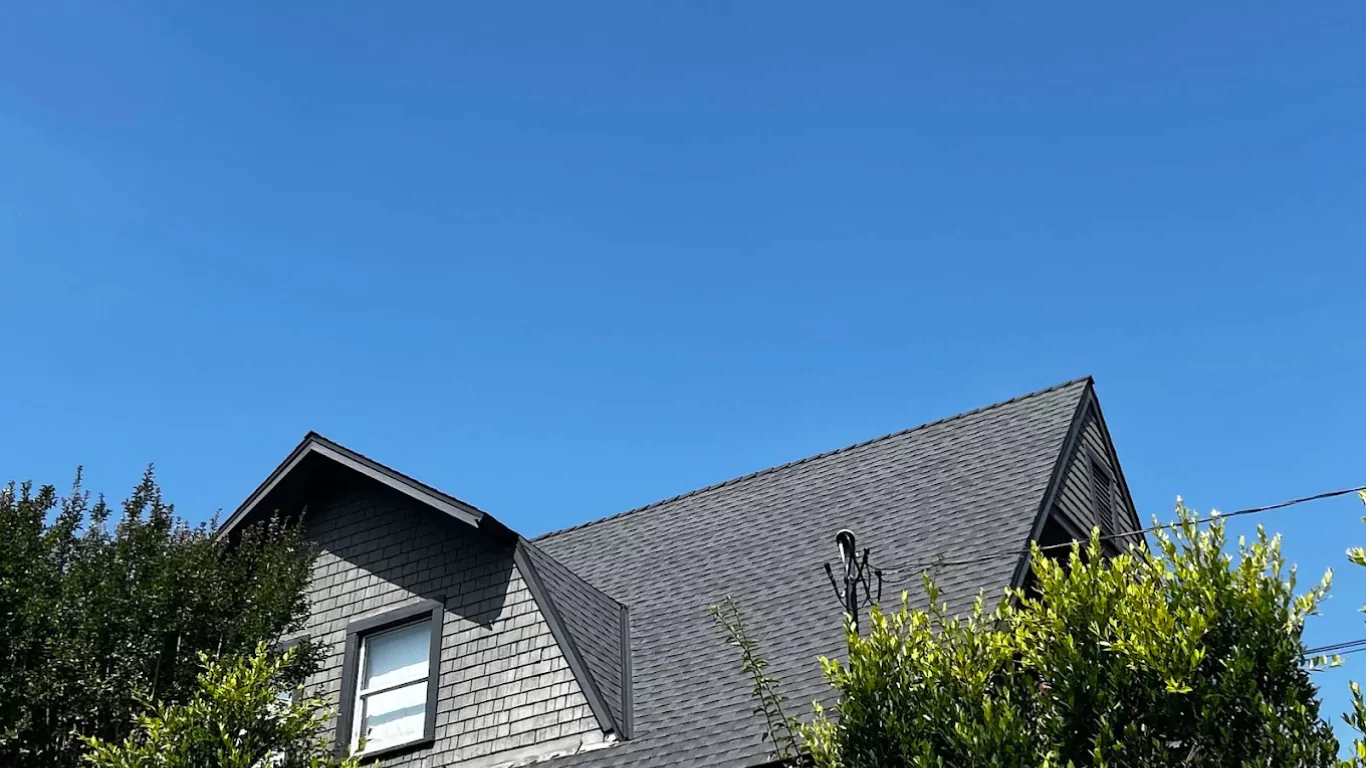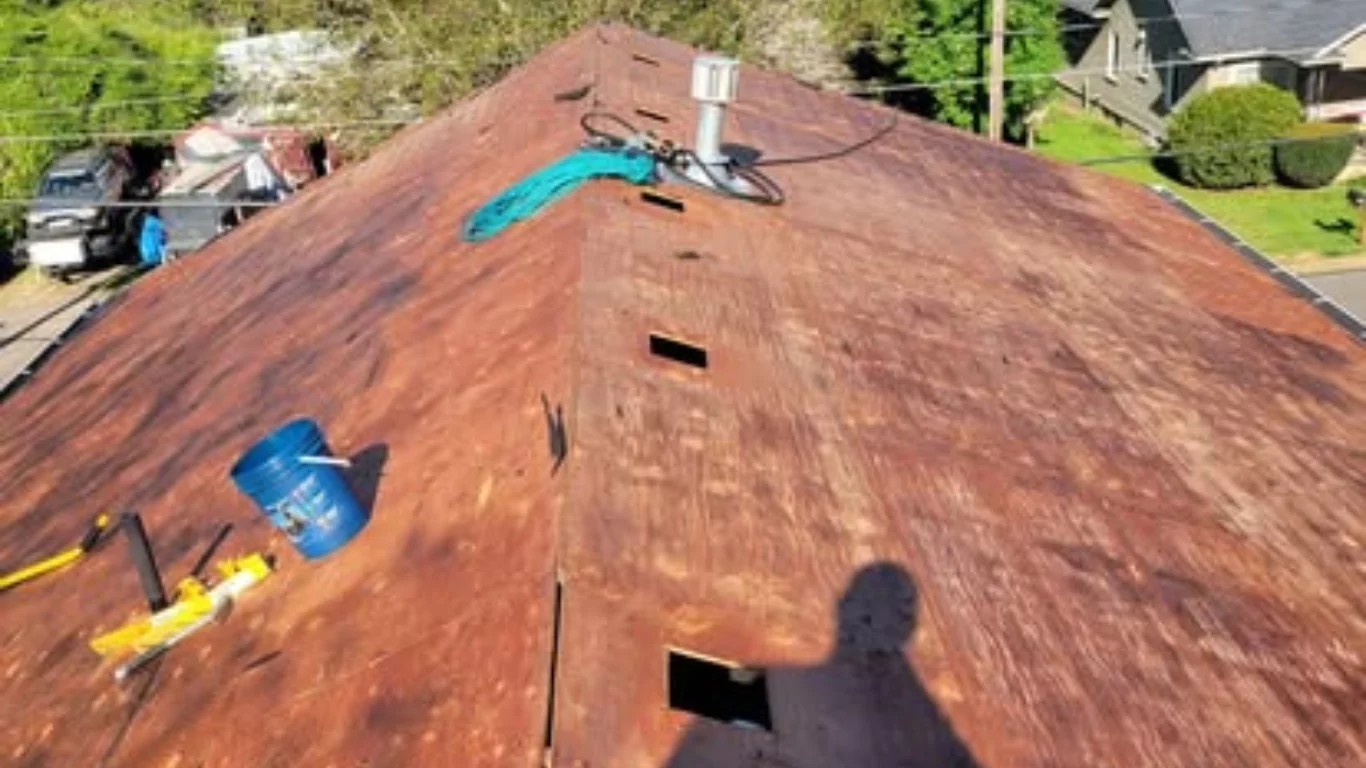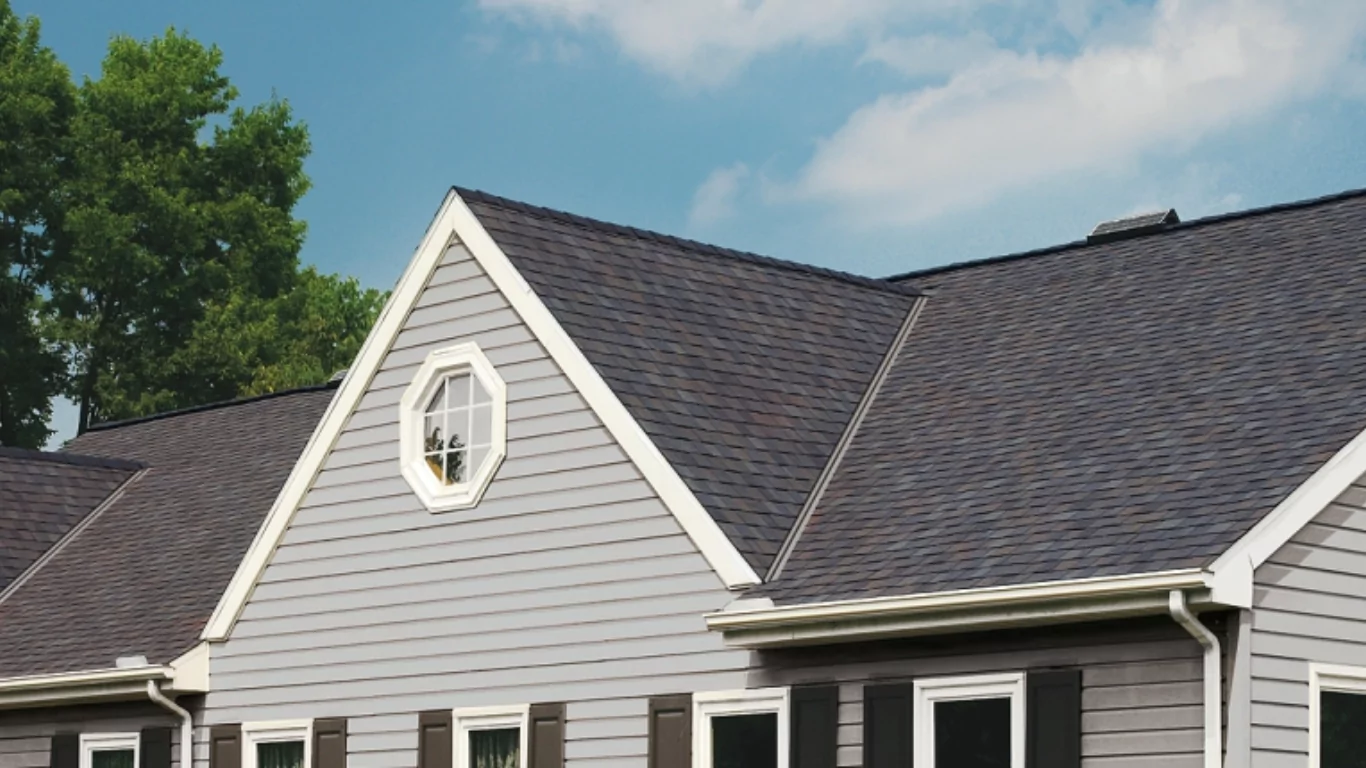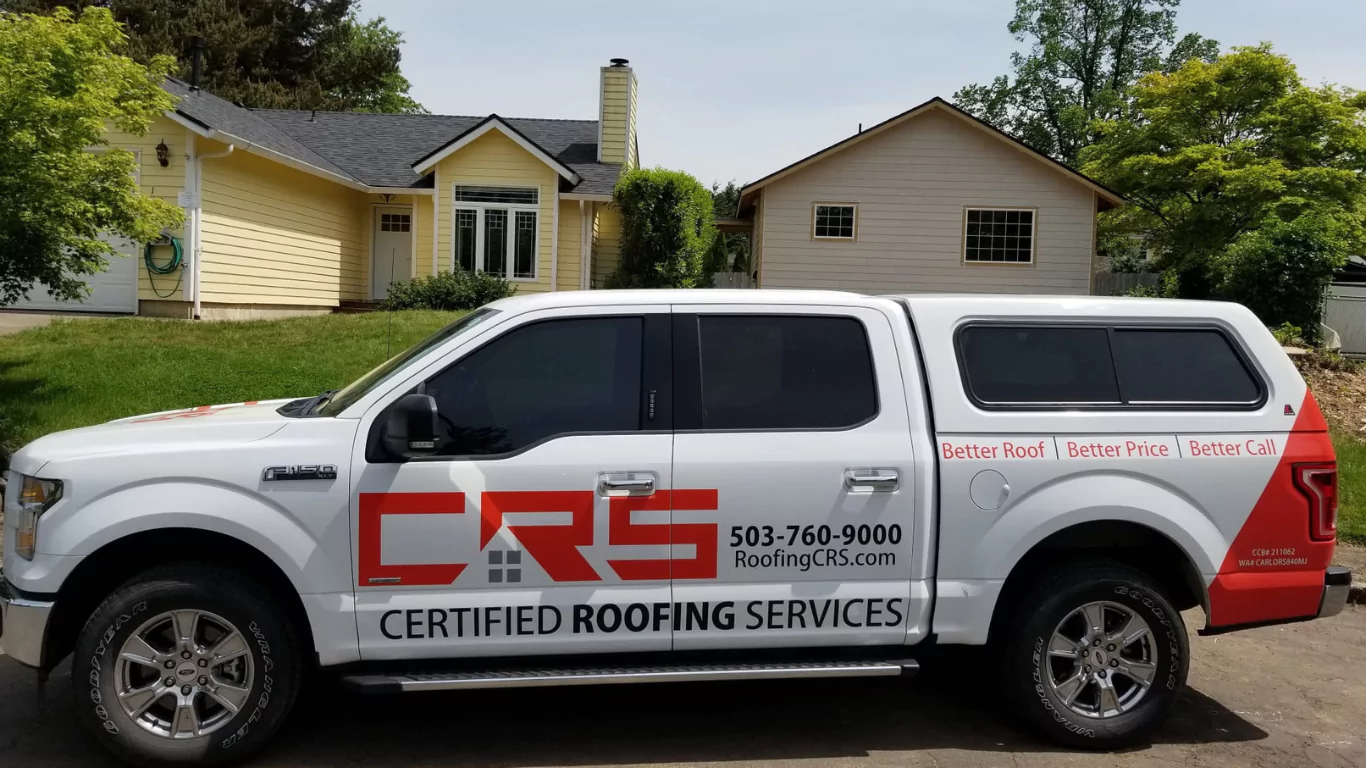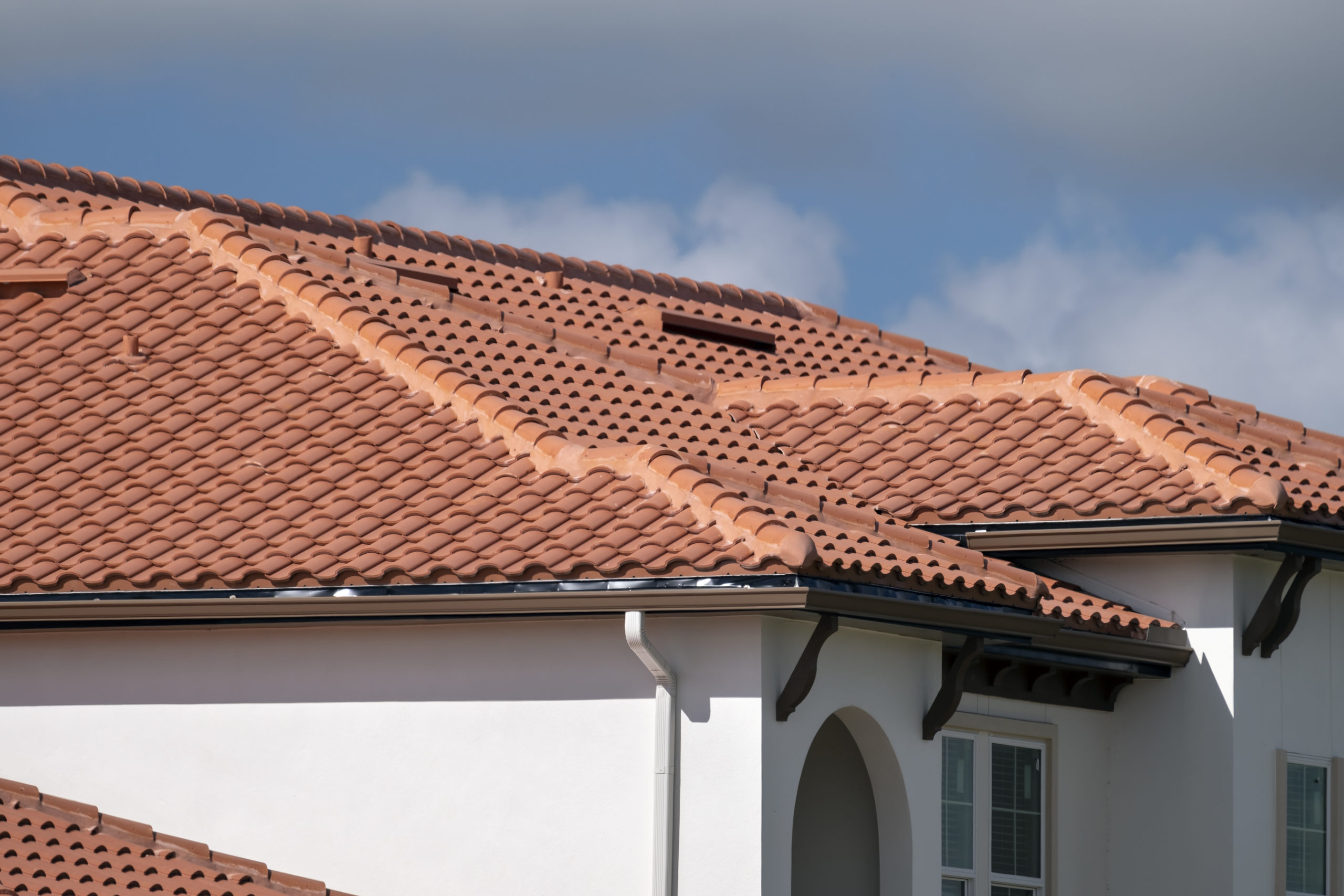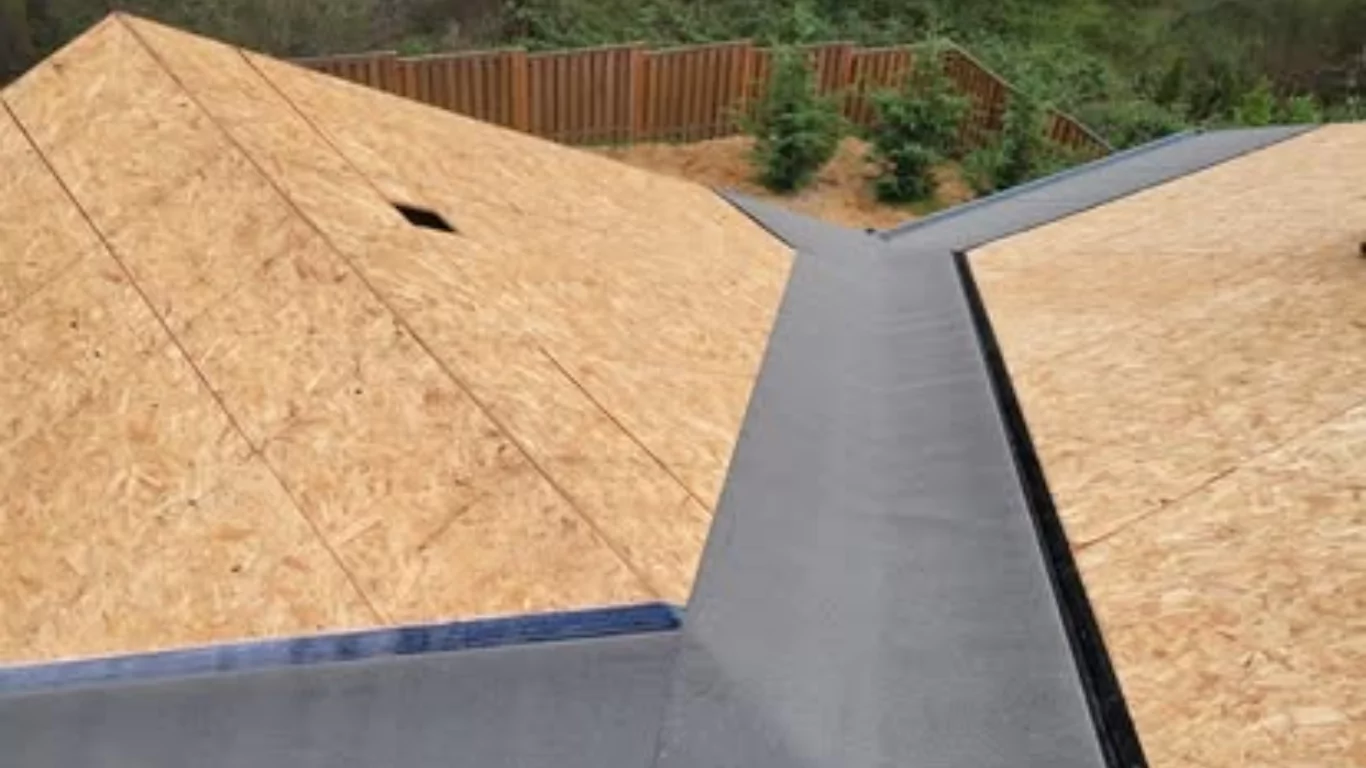Portland has been long hailed as one of the green capitals of the nation, and that’s reflected in the demand for eco-friendly roofing solutions. But, as is frequently the case with green options, there are a lot of misconceptions about what is actually good for the environment and what is just a sales pitch.
There are materials that are perfectly green once installed but spend tons of carbon during production and shipping. The most obvious here being metal roofing. Steel may be extremely low-impact once it is up on the house, but it’s everything except green when mined and refined.
So this means that while it’s not green to install a metal roof per se, it’s also even less green to change your metal roof if it’s still standing. Better to repair it and maybe put in better insulation.
As a matter of fact, the most eco-friendly roofing options in Portland are from locally sourced reclaimed materials. Reclaimed slate is not only aesthetically pleasing and doesn’t impact either emissions or water quality but there is also very little energy expended to make the shingles compared to how long it will last.
The most ecologically sound option you can make is to make the roof last as long as possible. Having a professional roof installation, with regular maintenance, and good insulation will make the roof prevent more emissions due to the lack of need for heating than it created when it was sourced, transported, and installed.
How Can Different Roofing Solutions Impact the Environment?
If we would have a deep dive into various ecological impacts of different construction materials the list of possible impacts would be endless. But, if we focus on direct impacts we could categorize them into three groups:
- Air polluting
- Water polluting
- Soil polluting
Air-polluting roofs are not as frequent on the market anymore because they are, almost universally, also bad for anyone living in a house with such a roof. This includes asbestos, but also tar-based roofing that slowly emits carcinogens when hit by the sun.
Water-polluting roofs are usually not as impactful, but when used on a large scale the impact becomes noticeable. Things like fiberglass or PVC, especially if not properly and regularly treated, will slowly seep into the natural water cycle. Thus microplastics everywhere.
When it comes to the soil, this impact is 100% preventable if you pay attention. The biggest polluter here is bad concrete. Good concrete that is properly mixed and correctly installed will not only last several millennia (there are still intact concrete domes in Rome almost 2000 years old) but won’t pollute at all.
But, if the mixture is made haphazardly and simply plastered on the top of the building it will primarily crack and deteriorate way faster, and then slowly seep into the soil ruining any chance of you or your neighbors having a backyard produce garden.
Eco-Friendly Roofing vs. Low-Impact
Technically speaking, the only roofing option that would be ecologically friendly would be the green roof; meaning one where there is grass and plants growing on it. This is the only way to use 100% of the solar energy hitting your roof for the environment and transform it into food for insects, animals, and even people.
Regretfully, such roofs are only applicable in specialized constructions, cost immense amounts of money in labor, and need to be maintained weekly same as your garden. And, with no disrespect for bees and their interpretive dance routine, some people just don’t like seeing their kind under their roof.
If you are in a city, so an urban environment, going overboard will just make you the crazy neighbor. It is way better to make something durable and lasting, ideally locally sourced. And if you can reclaim existing materials that is, ecologically speaking, simply perfect.
Then, on top of that, it is possible to install even more green solutions such as solar panels.
Clay Shingles
Clay roofing is the standard in most of the world. The reason why it’s not as frequent in Portland is mostly because it was never the optimal solution between a good price and luxurious aesthetics. But, all over Europe and Asia, these roofs are the standard for single-family homes.
Clay shingles require slightly less insulation than slate or concrete roofing, and are generally more resistant to heat waves and cold snaps. But, they are much less durable if there is any type of foot traffic on them, and do tend to fly off more easily in very heavy winds.
Ecologically, they are the perfect low-impact solution as the materials are very simple, sourced and manufactured locally, and will last for a century. Combine this with zero glue or tar being used to hold them and their installation eco-footprint is basically just the gas to get them to you.
Additionally, as clay is basically refined and fired dirt, even if there is a break and it falls into the water they are no different than what the water bed is already made of.
Reclaimed Slate Shingles
Slate mining in general is not very impactful to the environment. While the resources are limited and extracting is laborious, it doesn’t require any chemicals and uses very few machines to break away and process into shingles. This ease of production is why it was used for roofing in the Pacific Northwest in the first place.
The downside, and there is always a downside, with slate is that it is heavy and leaves quite a bit of slate debris. An obvious workaround here is using reclaimed slate shingles where this entire issue can be annulled because the process has already been done.
Slate shingles can last virtually indefinitely if properly maintained. The oldest slate roof in the world is over 800 years old and still holding, so you won’t need a roof replacement anytime soon if you maintain it properly.
Offsetting the Impact of Your Home
For most residential constructions, the impact your roofing materials will have on the environment pales in comparison to how it will be installed and what goes under it. Building good insulation with limited ponding and quick drainage will reduce your energy bills.
Also, roofs pay their carbon expense upfront, so the longer they last the less is being spent per year. If you install the roof professionally and don’t import materials from across the planet will do more for the environment than any choice of material.
The TL;DR of this story is that it is much better to aim for something low-impact, and then offset your emissions by contributing to reforestation or marine life preservation than to try to reinvent the wheel on something that will seem to be green but actually spend a ton of fuel on heating, maintenance, and transport.

